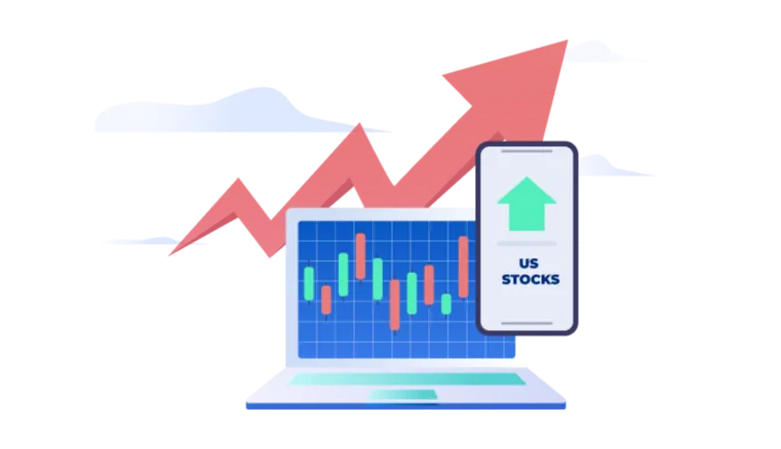The chemicals industry is one of the largest contributors to the global economy. The industry produces a range of products, including polymers, plastics, pigments, synthetic rubber, pigments, fertilisers, salts, acids, cosmetics, and detergents. These chemical products are classified into five primary categories — agricultural chemicals, basic chemicals, speciality chemicals, pharmaceuticals, and consumer products. While a variety of industries are consumers of chemical products, the chemicals industry itself is the largest consumer of its products.
The US chemicals industry is the second biggest in the world, producing 15% of the world’s total chemicals. It supports the production of almost all commercial and household products and, in that essence, is responsible for over 25% of the total US GDP. The COVID-19 pandemic accelerated the digitalisation of core business processes and increased investment in sustainability in the chemicals industry. In an effort to mitigate supply chain risks, deglobalisation has also accelerated since the pandemic.
QUICK TAKEAWAYS
- The chemicals industry is vital to economic growth. About 96% of goods produced in the US use chemical products.
- The US is the world’s second-largest chemicals producer and exported chemicals worth $260 billion in 2022.
- Economic growth, manufacturing activity, oil price fluctuations, and changes in market demands and trends have a major impact on the chemicals industry.
- Consumer activism and regulatory changes are making Environmental, Social, and Governance (ESG) metrics a benchmark that is as important as cost and productivity.
- Going forward, sustainability and decarbonisation will have to be the major focus of the chemicals industry, which poses challenges but also opportunities if approached strategically.
- The integration of tech in this industry is slow but has started and will play an important role in the future.
STATS CORNER
GLOBAL CHEMICALS INDUSTRY REVENUE IN 2021
$4.7 trillion
(Source)
US CHEMICALS INDUSTRY REVENUE IN 2021
$492.4 billion
(Source)
KEY PLAYERS
[WORLDWIDE, BY REVENUE IN BILLION USD]
(source: Statista | As of 2023)
[THE UNITED STATES, BY REVENUE]
| Company Name | Revenue Generated | Revenue Generated | Revenue Generated | Revenue Generated | Revenue Generated |
| 2022 | 2021 | 2020 | 2019 | 2018 | |
| Dow | $56.9B | $55.0B | $38.5B | $42.9B | $49.6B |
| LyondellBasell Industries | $50.4B | $46.2B | $27.7B | $34.7B | $39.0B |
| Mosaic | $19.1B | $12.3B | $8.7B | $8.9B | $9.6B |
| Westlake Chemical Corp | $15.8B | $11.8B | $7.5B | $8.1B | $8.6B |
| Ecolab | $14.2B | $12.7B | $11.8B | $12.6B | $12.2B |
(Source: Macrotrends)
- Dow (NYSE: DOW): Dow is the second-biggest chemical company in the world. It manufactures chemicals, plastics, and agricultural products. It has several subsidies, and its highest revenue-generating segment is packaging and specialty plastics.
- LyondellBasell (NYSE: LYB): One of the largest chemicals, plastics, and refining companies in the world, LyondellBasell offers its products in over 100 countries. It is the world’s largest producer of polymer compounds and the largest polyolefin technologies licensor.
- Mosaic (NYSE: MOS): Mosaic is a global leader in crop nutrients, essential for sustainable agriculture. It produces and markets concentrated phosphate and potash crop nutrients, thus enabling farmers around the world to grow food better.
- Westlake Chemical Corp (NYSE: WLK): Westlake is a global diversified industrial company that manufactures and supplies essential products for a wide range of applications, including housing and infrastructure, packaging and healthcare, and automotive and consumer goods.
- Ecolab (NYSE: ECL): Delivering comprehensive chemical solutions in more than 170 countries, Ecolab is focused on promoting safe food, optimising water and energy use, and improving operational efficiencies.
KEY DRIVERS
- Manufacturing activity: The chemicals industry is vital to the modern economy because it converts a range of raw materials into more than 70,000 products used by different industries for their manufacturing activities. In fact, in the US, about 96% of all manufactured products rely on some form of an industrial chemical process. Hence, when there is economic growth and global consumer spending increases, manufacturing activity, too, increases, leading to an increased demand for chemicals industry products. Since the chemicals industry is very sensitive to market demand, the stock prices can rise and fall depending on the change in levels of manufacturing activity.
- Oil price fluctuations: Oil is crucial for producing most chemical products, including polymers and several types of plastics. Hence, the prices of oil, which tend to fluctuate sharply, can significantly impact the prices of chemicals and thereby their demand. Chemical companies tend to pass the burden of the increased cost of raw materials like oil customers in the form of surcharges. While this hedges oil price volatility to some extent, if the chemical prices increase excessively, it leads to a reduction in demand and lowers the revenue of the companies. This can, in turn, hurt its stock prices.
- Consumer activism: With climate change and sustainability concerns, changes in consumer demands, as well as new regulations driven by consumer activism, have a tremendous impact on the chemicals industry. Such regulations can result in the slowing down of the revenue growth of most petrochemical companies that produce polyethylene (PE) and polypropylene (PP) for the consumer packaging sector. It is predicted that due to the decrease in the consumption of single-use plastics (SUPs), the growth rate in demand for plastics could halve in the long run.
- Digital technology integration: The pandemic accelerated the integration of advanced digital technologies that will allow the industry to design novel products and processes in an economically feasible way. This will lead to reduced costs, more efficient supply chains, and improved scalability. Companies that tap on technological improvements in sensors, analytics, cognitive computing, and more will see significant progress in materials research, data availability and processing, and engineering.
WHAT DOES THE FUTURE HOLD?
The chemicals industry has been one with fairly predictable demand and growth. This, however, is changing due to rising climate change concerns, changes in customer demand, sustainability regulations, and evolving trade and geopolitical dynamics. Despite this, there are opportunities for companies to be more flexible and diversify their portfolios based on upcoming regulations and trends.
For instance, bodies of self-driving cars may no longer need to be made of steel and aluminium, given the drastically reducing accidents. Instead, they may be made of plastic. To capitalise on such opportunities, the chemicals industry will have to consider strategy changes in an environment of uncertainty. While these can be risky bets for an industry used to certainty, they can drive immense growth for companies that do it well.
The global chemicals market is expected to grow at a CAGR of 4% and reach $4.3 trillion by 2025. A market of this size and of such vital function provides attractive investment opportunities for your portfolio. To invest in high-performing chemical stocks, download the Appreciate app today!








